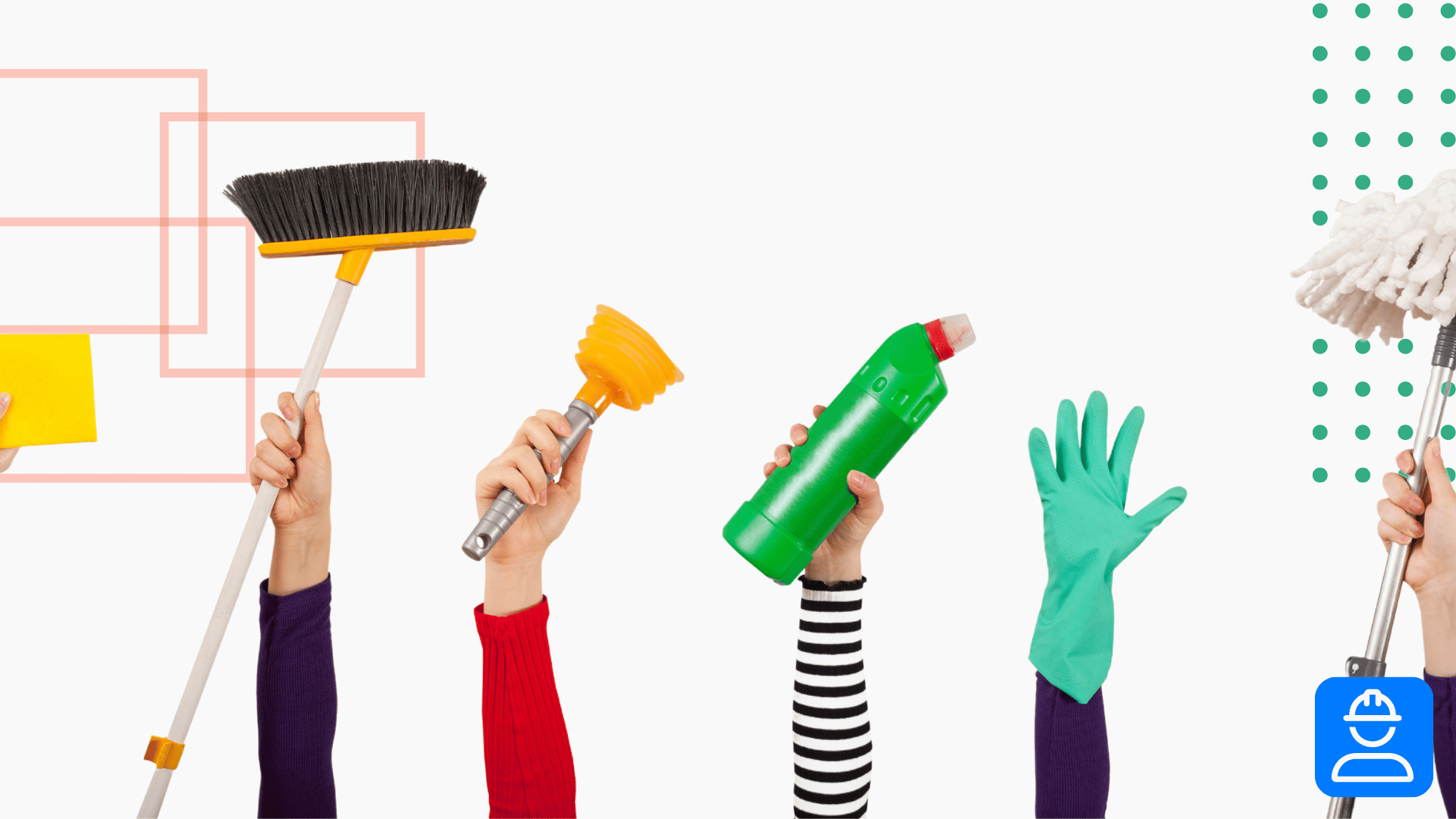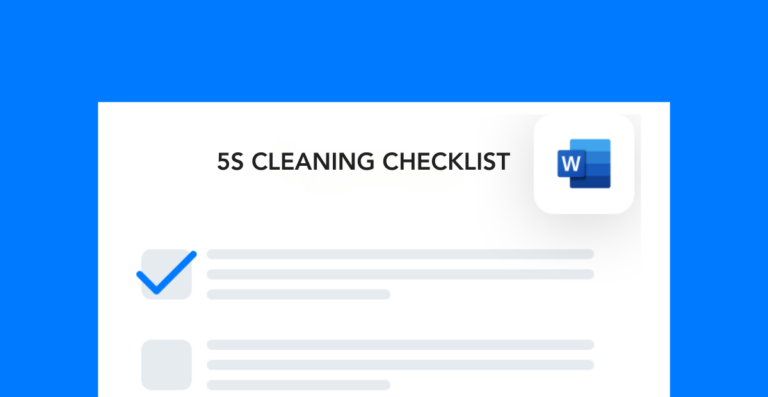Cleanliness has a major impact on workplace safety, productivity, and engagement. This housekeeping toolbox talk should help you explain why cleanliness is so important in the workplace.
Housekeeping toolbox talk overview
In this housekeeping toolbox talk, we’ll go over:
- The role that housekeeping plays in workplace safety
- Signs of a well-kept work area
- Housekeeping best practices
Ultimately, you have to view housekeeping as a component of your job. If you don’t keep your area clean, you’re increasing safety risks and making it harder to get your tasks done.
Housekeeping affects everything
At home, you’re the only one affected by a mess. But at work, disorganization, clutter, and messes can cause safety incidents. Oftentimes, they’re the cause of trips and falls. So, if you don’t like cleaning, do it for your coworkers and not just yourself.
If there’s an emergency, responders need to be able to get around. In that way, housekeeping is a function of the site’s emergency response plan.
And let’s not forget about how housekeeping impacts morale. It’s so much more motivating to come into a clean space. Set the next shift up for success by taking care of your work area.
Good housekeeping
Practicing workplace housekeeping habits has a positive impact on the entire team. When you walk into a work area, you can tell right away whether the workers care about keeping it organized. Signs of a well-kept work area include:
- There are no trips hazards on the floor.
- All the work materials are fully stocked.
- It’s easy to get to everything you need.
- The trash bins aren’t overflowing.
- There are no stacks of clutter sitting out.
Housekeeping best practices
The best way to keep a space organized is to clean as you go. This means that once you’re done with something, you put it away. If you spill something, you clean it up right away. You don’t put off cleaning tasks until the end of the day. This is the lowest effort way to approach work area cleanliness.
Here are some more best practices to follow:
- Keep your belongings stowed away.
- Always dispose of waste in the correct receptacle.
- Tidy up your work area in between tasks.
- Use storage shelves, bins, and containers to keep everything in its place.
- Report any issues to management promptly.
If you take these measures, you’ll help reduce safety risks and make the workplace more enjoyable for everyone.




